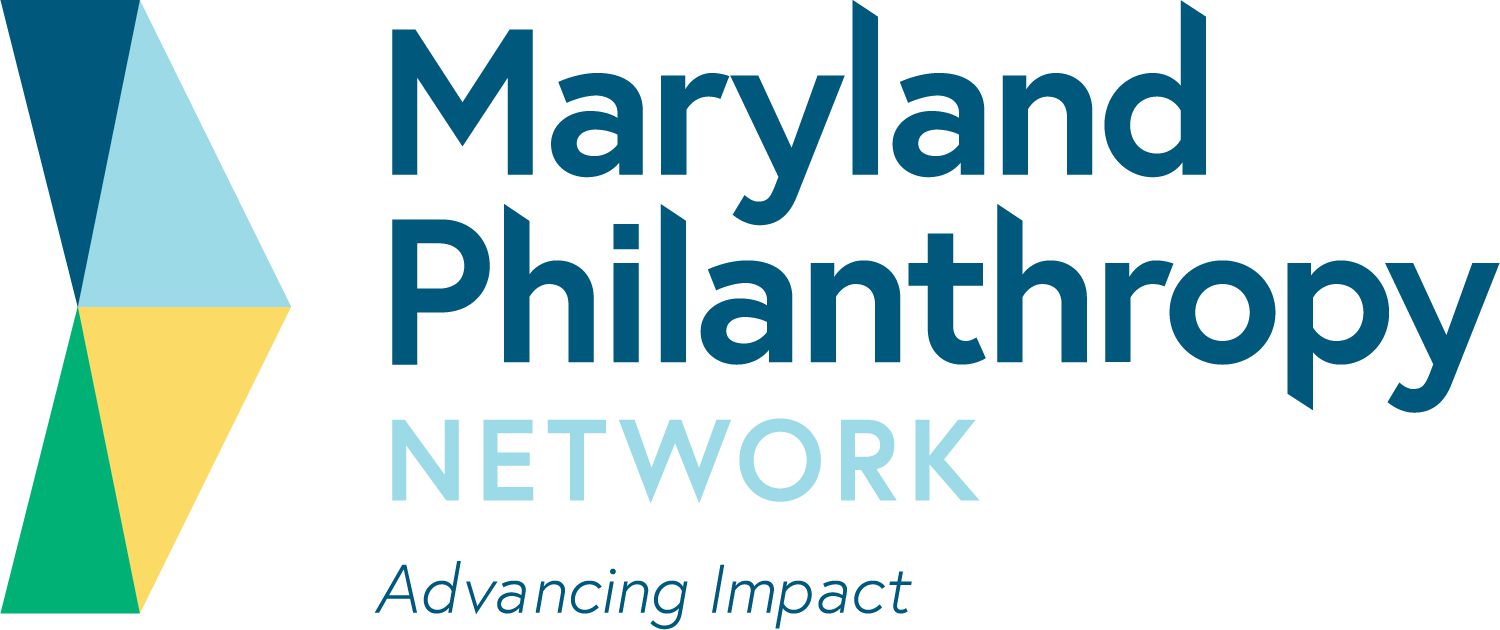Norms and Narratives That Shape US Charitable and Philanthropic Giving
The past few decades have brought about a profound shift in the norms and narratives surrounding smaller-scale charitable giving and larger-scale philanthropic giving. In this report, I analyze some of the most significant of those norms and narratives—that is, the rules governing accepted or valued charitable and philanthropic behavior and the replicable, archetypal stories that have developed to make sense of that behavior. I also examine how those norms and narratives have been shaped by and have shaped responses in the United States to the COVID-19 pandemic and to the mass protests after the killing of George Floyd. This analysis focuses on two clusters of giving norms and narratives: one surrounding the relationship between large-scale and small-scale giving, and one surrounding time-based considerations in giving.
Key findings:
- Large-scale philanthropy has become increasingly public and routinely critiqued. One of the most important norms surrounding philanthropy that has developed over the past decade has encouraged living donors to conduct their giving in a public manner, pushing back on an older norm that prioritized donors’ privacy and discretion. This norm toward publicity has been accompanied by another that affirms the value of scrutiny and critique of philanthropy by the general public. Together, these norms of publicity and criticism have fostered a host of philanthropic narratives, including narratives celebrating donor entrepreneurialism, warning about donors’ excessive power, and focusing on “tainted money.” Norms promoting more public philanthropy have also encouraged philanthropic conspiracy theories. The COVID-19 crisis heightened the attention on philanthropy. For some, this has meant encouraging an understanding of the pandemic as a “test” confronting philanthropy that donors can pass and in doing so gain legitimacy. For others, it has stoked critical attention directed toward large-scale giving, including conspiracies.
- The rise of large-scale philanthropy has been increasingly understood in the context of the imperiled status of small- and medium-scale giving. But the pandemic has boosted confidence in the power of “everyday giving” and checked the narrative of its decline relative to larger-scale philanthropy. Over the past decade, the growth of large-scale philanthropy has often been associated in public discourse with rising levels of wealth and income inequality, and with concerns regarding the vitality of an American tradition of mass giving. These concerns persisted even as new forms of person-to-person giving through crowdfunding platforms emerged. The charitable response to the COVID-19 pandemic and to the protests in the wake of George Floyd’s killing addressed some of these concerns. The media focused more on smaller-scale forms of giving, especially those involving mutual aid and person-to-person cash transfers. This attention signaled the strengthening of giving norms and narratives that recast dominant attitudes about how best to help those in need, emphasizing solidarity and trust in the decisionmaking of recipients, and potentially posing a challenge to established norms encouraging giving to tax-exempt nonprofits.
- The past decade has also seen a significant increase in giving norms and narratives related to timeliness, which I define in two ways: as a norm elevating temporality as a mode of analysis with respect to decisions on giving, and as a norm insisting upon the giver’s responsibilities to the present moment. The report chronicles some of the developments that fostered the growth of norms of timeliness, including the increased prominence of engaged living donors and a “giving while living” ethic; mounting challenges to perpetual institutions and the increased popularity of time-limited philanthropic institutions; the growth of donor-advised funds, which raise questions about the speed at which philanthropic funds should be disbursed to working charities; the emphasis on “distributive immediacy” and the commitment of many large-scale donors to get funds out the door as quickly as possible; and the spread of crisis-based giving and a concomitant ethic of responsiveness.
- The response to the COVID-19 pandemic has amplified time-based norms and narratives. This includes a heightened commitment to rapid-response philanthropy and charitable giving to address immediate needs, calls for increased foundation payout and challenges to the legitimacy and purpose of endowments, and the growing salience of temporality within public discourse about philanthropic and charitable giving.
Although the COVID-19 pandemic and protests against racial injustice have prompted a realignment of giving norms and narratives, it is unclear whether this shift is permanent or bounded to the pandemic. That answer will depend partly on who has and who wields the power to define and delimit what constitutes a crisis after the pandemic ends.
Click here to read the full report.
Source: Urban Institute

